The 90s Fashion Renaissance, In Vogue: The 90s (Ep 1)
- Manya Makhija
- Oct 14, 2024
- 7 min read
Almost a month late to the bandwagon, but hey, I'm here. As a fashion enthusiast and documentary watcher, I am constantly looking at new things to watch, a new podcast to add to my background while working, or any written piece I can come across to educate me more on the world of fashion.
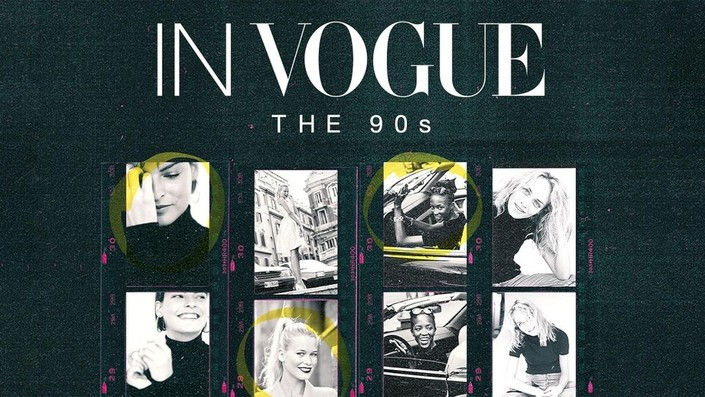
Recently while scrolling through an OTT platform, I stumbled on 'In Vogue: The 90s', a show I conveniently promised myself to come back to once I was done bingeing Nobody Likes This. But as a wise person once said, better late than never.
Based on a podcast produced by Vogue, the series launched its first three episodes on September 13, highlighting the influential figures of the time, including leading designers, fashion editors, and prominent models and actors. Their stories are truly captivating.

First up is Carlyne Cerf de Dudzeele, the fashion director of Vogue US, who styled Anna Wintour’s inaugural cover after her transition from Vogue UK in 1988. Reflecting on Vogue US prior to Wintour’s arrival, De Dudzeele describes it as “BOOOOOOORRRRRIIIIIING!”—her disdain palpable, almost as if she were addressing a serious offender.

Next is Hamish Knowles, who joined Wintour at American Vogue in 1992. With his strikingly chic appearance, he resembles a fashionable Lego figure, and I would gladly follow him anywhere.
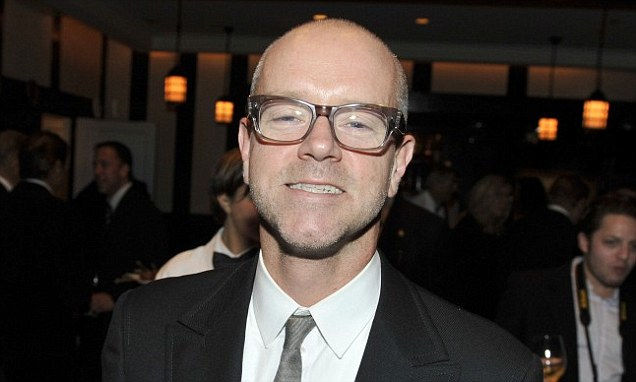
The first episode focuses on the magazine and Anna Wintour's arrival. Vogue writer Jonathan Van Meter, who conducted the famous interview where Linda Evangelista declared that supermodels “don’t get out of bed for less than $10,000 a day,” describes Wintour as “a Warholian enigma.”
The documentary features a host of notable figures from the fashion world. Grace Coddington, Wintour’s right-hand woman and occasional rival, joins a captivating Kate Moss, John Galliano, and Elizabeth Hurley, who revisits the iconic discussion about That Dress. Also appearing are Gwyneth Paltrow, Naomi Campbell, Evangelista, Marc Jacobs, Donna Karan, Miuccia Prada, and Tom Ford. Additionally, there’s substantial commentary from former British Vogue editor Edward Enninful. Despite the star-studded lineup, their insights often echo familiar sentiments, repeating that the '90s “changed everything” or simply “everything changed.”
We hear about the Madonna cover, which “changed everything.” Then the supermodel cover comes along, and that “changed everything” again. Kate Moss arrives, and once more, everything shifts. Finally, Wintour gives a young John Galliano a 12-page feature, which “changed everything,” or at least everything for John.
But if we were to highlight things I know I will be talking about and slipping into conversations whenever, wherever, and however possible, these would take the crown.
A conversation that challenged how Vogue was viewed

Anna Wintour talks about a conversation that was struck between her and a man on a flight back to the United States from London. The man asked her what she did, Anna simply said "I work at Vogue", and this led to something that challenged how Vogue did every single cover, how people viewed Vogue, and how Vogue's positioning changed all over. The man mentioned how he loved Vogue and associated it with Audrey Hepburn and Grace Kelly, that it was a classic publication but it could never be about Madonna.
Wintour then decided, that the next cover of Vogue would feature Madonna, moving away from close ups with big hair, big makeup, big earrings, to something Vogue had never done before.
The cover that changed it all

In the 90s, everyone and their mother knew of Madonna, her music, and all the things she challenged with the way she dressed and the way she was. Everybody wanted to be Madonna, the girl who styled everything her own way, had short hair, wore glam makeup, accessorised, the whole works. If you know Madonna, you know what I'm talking about. Post her conversation with the gentleman on the flight and her decision to put Madonna on the cover of Vogue, Anna Wintour had no idea the impact this would make on the way magazine covers were published. At the time, the image chosen for the cover was one of Madonna without makeup, simply getting out of a swimming pool. The day the issue was published, racks all over the city had Madonna's face plastered over them.
Kim Kardashian used to walk whose dog?!
One thing that really stuck with me was that when she was eight years old, Kim K used to walk her neighbours dog. Her neighbour? Madonna. WILD.
British Vogue's first unconventional cover

As the fashion world now grappled with the way magazine covers were changing, British Vogue published their new cover with four models on it. They weren't as huge as they are now, but this wasn't ever seen before. Cindy Crawford, Naomi Campbell, Linda Evangelista, Tatjana Patitz and Christy Turlington, all appeared on the cover of British Vogue back in January 1990 and little did they know, this was only the beginning of a career where they would eventually come back to do a Vogue cover in 2023 as one of the worlds top supermodels.
Freedom! 90, Oh, George Michael

George Michael on seeing the cover of British Vogue decided that he now wanted to star these girls in the music for Freedom! 90 (watch here). If you were among those who spent much of the 1990s learning to read, write, and feed yourself (yawn), or if you experienced the decade immersed in a haze of sex, drugs, rock and roll (or, more accurately, grunge) and fashion, then you know that the worlds of fashion and music coming together was almost unheard of. But hey, if it isn't clear already, the 90s challenged everything that was considered to be "conventional" (more on this ahead, trust me). Enough digressing, the video was styled by Camilla Nickerson, who spent majority of the budget sourcing an Irish linen sheet for Christy and styled the remaining models in clothes right out of her own wardrobe. The video did numbers, ask your parents!!
Linda Evangelista, what must I say?

After the success of Freedom! 90, came the freedom of the five supermodels. Everyone was scrambling to get their interviews, girls all over the world wanted to be them, especially Linda. Victoria Beckham even flew to New York from the United Kingdom and got her pixie cut from the same guy who would cut Linda's hair. Imagine having everyone fangirling over you. Followed by this, Wintour asked Jonathan Van Meter, the same guy who called her an enigma, to interview Linda. In Van Meter's words, Linda came in an hour late, wearing a pale green skirt, they drank Vodka, she smoked Marlboro Reds, ate two pieces of chocolate cake, and no dinner at all. What really took the news stands by a storm post the interview was a quote from her interview where Linda was asked how much money she made and she said "We don't get out bed for less than $10,000 a day". SCANDAL.
Kate Moss, just take the crown, please
While all of these changes were beginning to take place in the fashion world, people felt disconnected to what they were seeing. The was no way to relate especially with a recession. While in London, photographer Corrine Day, told an unheard model at the time, Kate Moss, that they would change the world with a "fashion picture". The cover of The Face magazine showcased Corrine Day's Third Summer of Love, with Kate Moss on the magazine front. A huge smile, a wrinkled nose, it was a real image of a real girl, not a model. It had nothing to do with fashion, it was storytelling, it was anti-fashion which then become what was in fashion. This cover of Moss, led to both kinds of reactions. Hamish Knowles, was disappointed. He believed fashion magazines to be about unattainable beauty. The women who went to beauty parlours to get blowouts while reading Vogue were lost. Her cover for The Face changed everything. Photographer, Glen Luchford who worked with Kate Moss at the shoot for The Face, took some polaroids of her and began showing them to designers all over London. This proved unsuccessful, they were still looking for someone with the 80s aesthetic. So it's safe to say that the cover of The Face didn't immediately turn Moss into a supermodel overnight.
Calvin Klein, the recession, Fabien Baron, Marky Mark and Kate Moss
Calvin Klein had struggled during the recession and the brand was in need of a rebrand. The first step was to bring in Fabien Baron, an art director, who designed the popularly know CK logo. Step two, was wanting to something different with Calvin Klein's jeans campaign. The inspiration was Vanessa Paradis sitting on the floor wearing jeans, that's it. But for a touch of flavour, Calvin Klein wanted to do the shoot with Paradis, but topless. But here's the catch, she didn't refused because she was not Calvin Klein, she was Chanel. What a bummer. Baron then recommended Kate for the campaign, sure, she looked cute but she didn't look like a model. With all things said and done, Kate Moss was beautiful on camera. A meeting with Clavin and Fabien later, Kate officially became the new Clavin Klein girl. Anddd, she flew back home three million dollars richer than when she left. Then came Kate's first big commercial, where she was paired with a notoriously famous rap star, Marky Mark. This was the first time a music star had fronted a high-fashion campaign. For this we'd say, Calvin was a clever clever man, he just knew what the young people of the generation wanted to see.
Paris 1993, John Galliano and his storytelling
Hamish Knowles, made Anna aware of John Galliano and what he was with fashion. So in 1993 in the city of Paris, was Galliano, struggling, living off of canned beans on the floors of his freinds apartments. Four-five weeks before Paris Fashion Week, Anna insisted Galliano doesn't sit out the season. He had no moeny to produce a collection and that's where Anna and André stepped in. Wintour published a 12 page feature in Vogue on John Galliano's latest collection, shot by Steven Meisel and Ellen von Unwerth, even though there was no atelier that sold his latest designs. This changed everything for Galliano, he was now able to present his collaction on PFW. Everyone wanted to walk for him, Naomi Campbell, Kate Moss, and Linda Evangelista. What set him apart was his creativity, imagination, and a sort or theatricality that had never been seen before. Within a year of his first showcase, Galliano became the head of Givenchy, a Bristish person leading a French couture house. UNHEARD OF.
Stay tuned for more on Episode 2, unless you beat me to it and binge watch the series, then just send me the things that really stuck out at you.





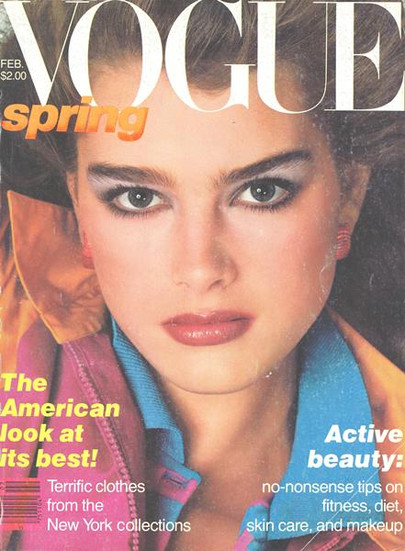


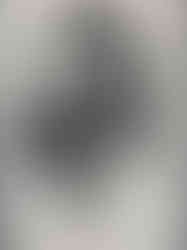


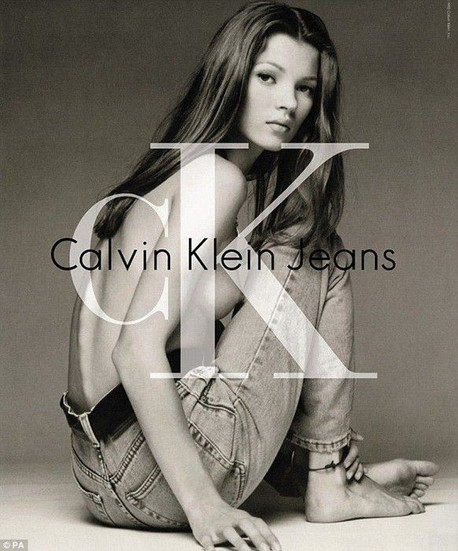


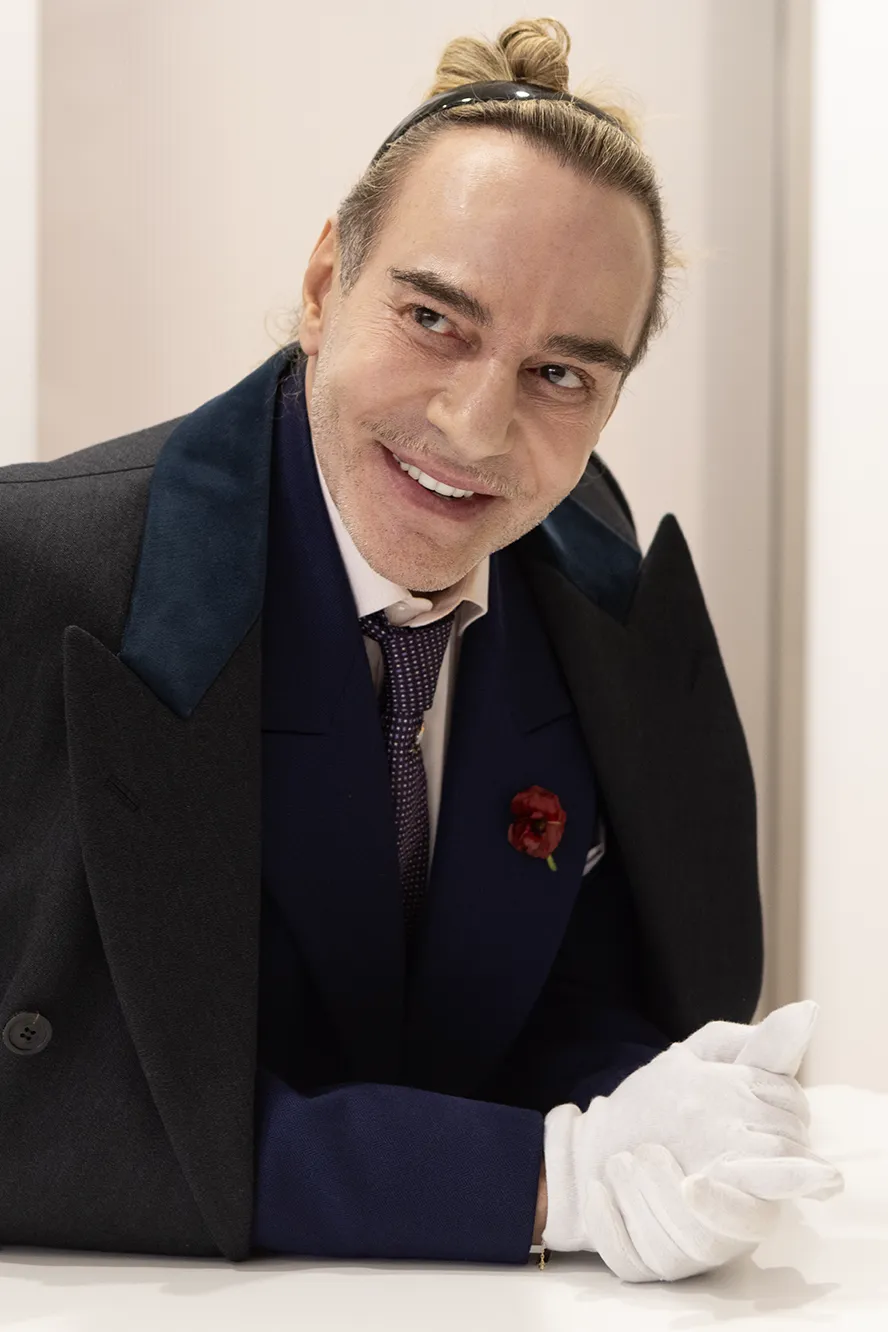


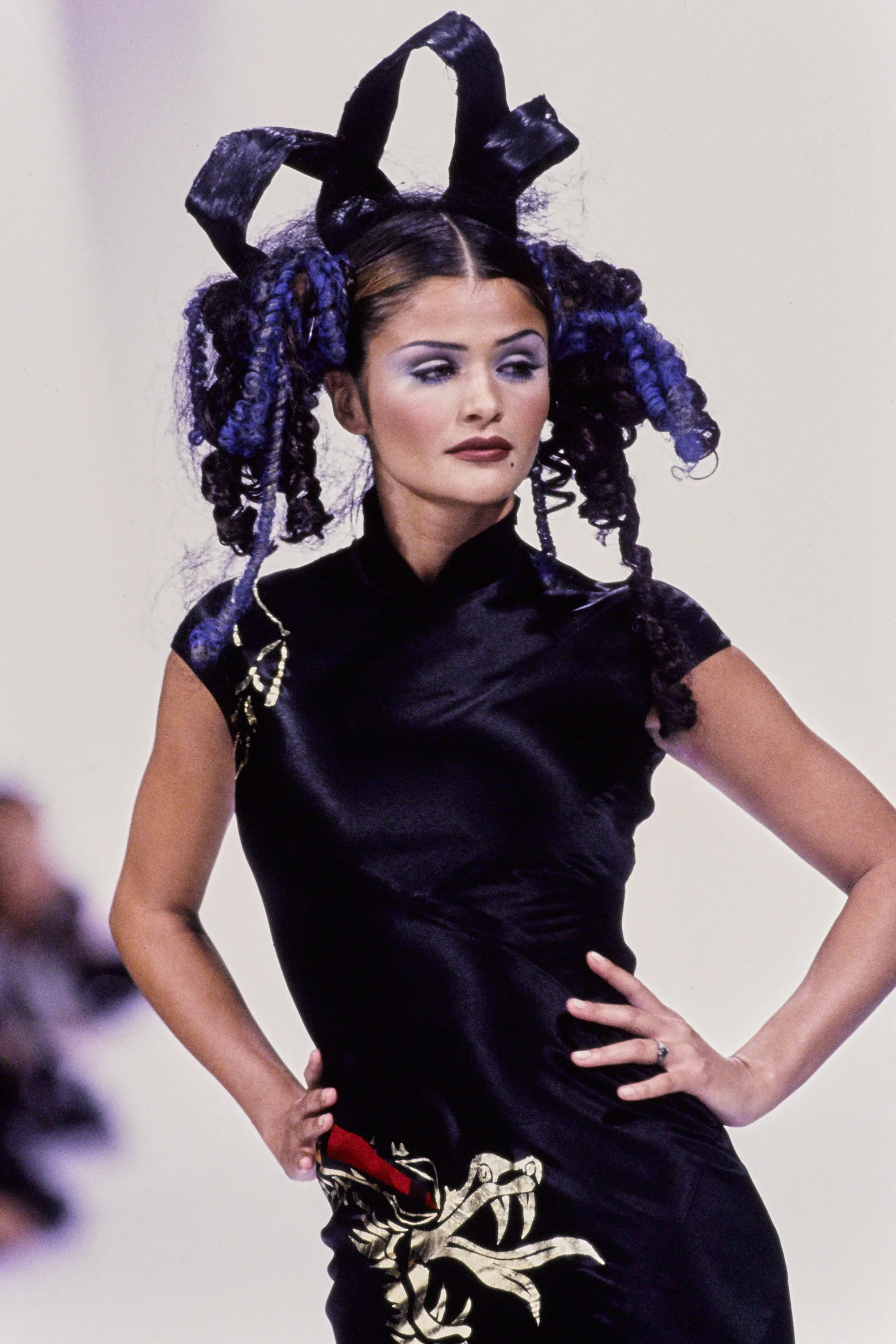
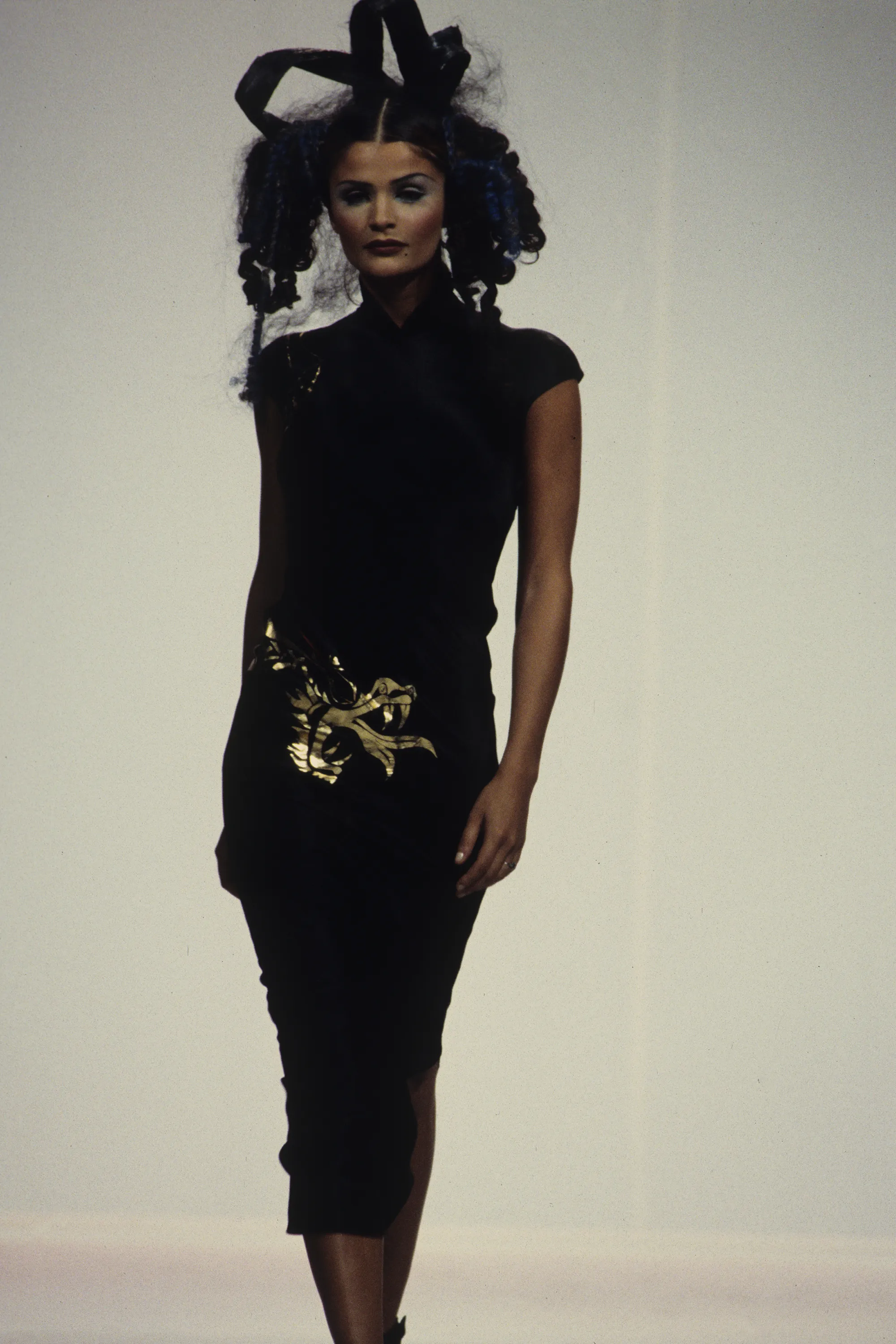
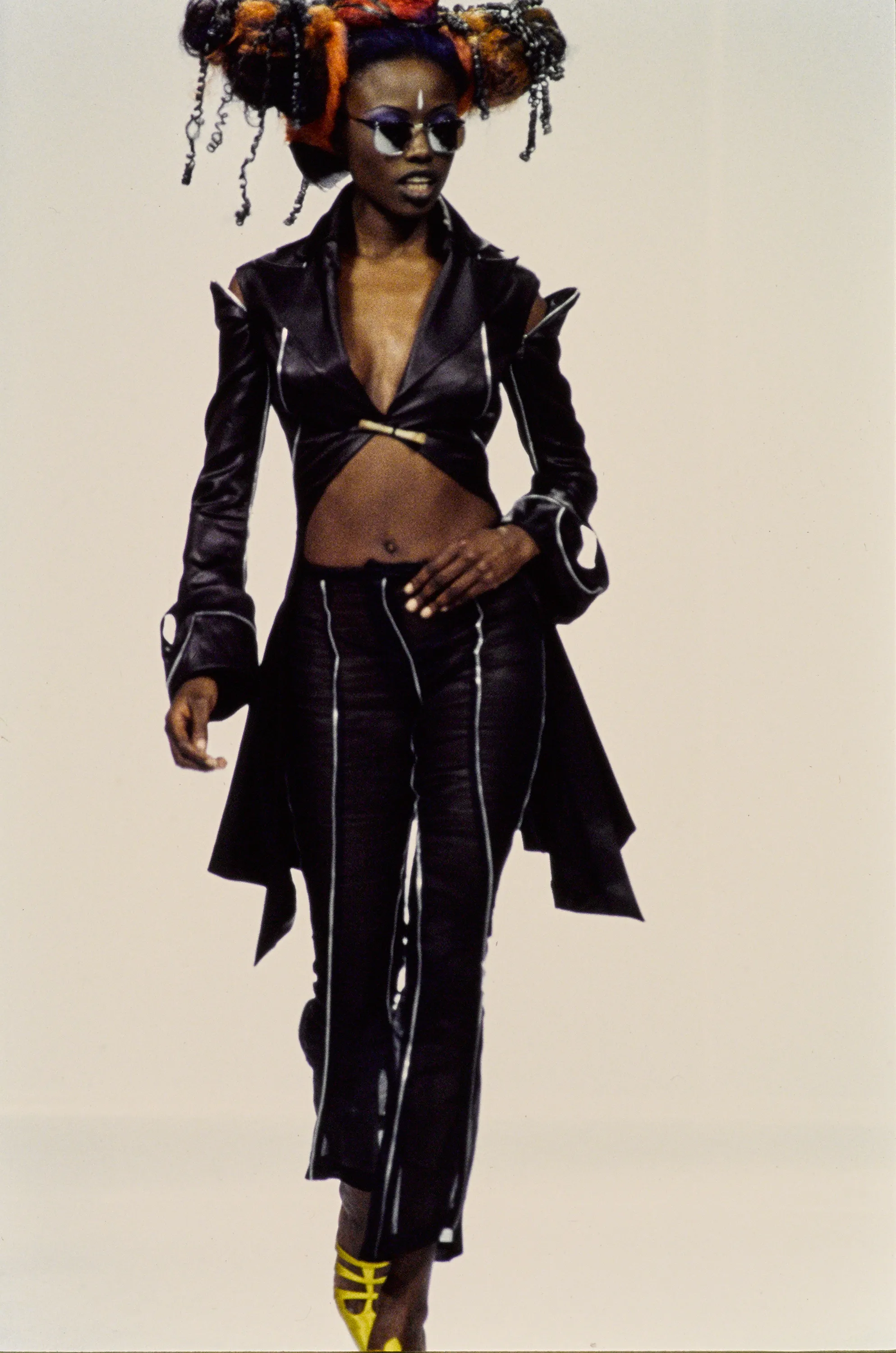
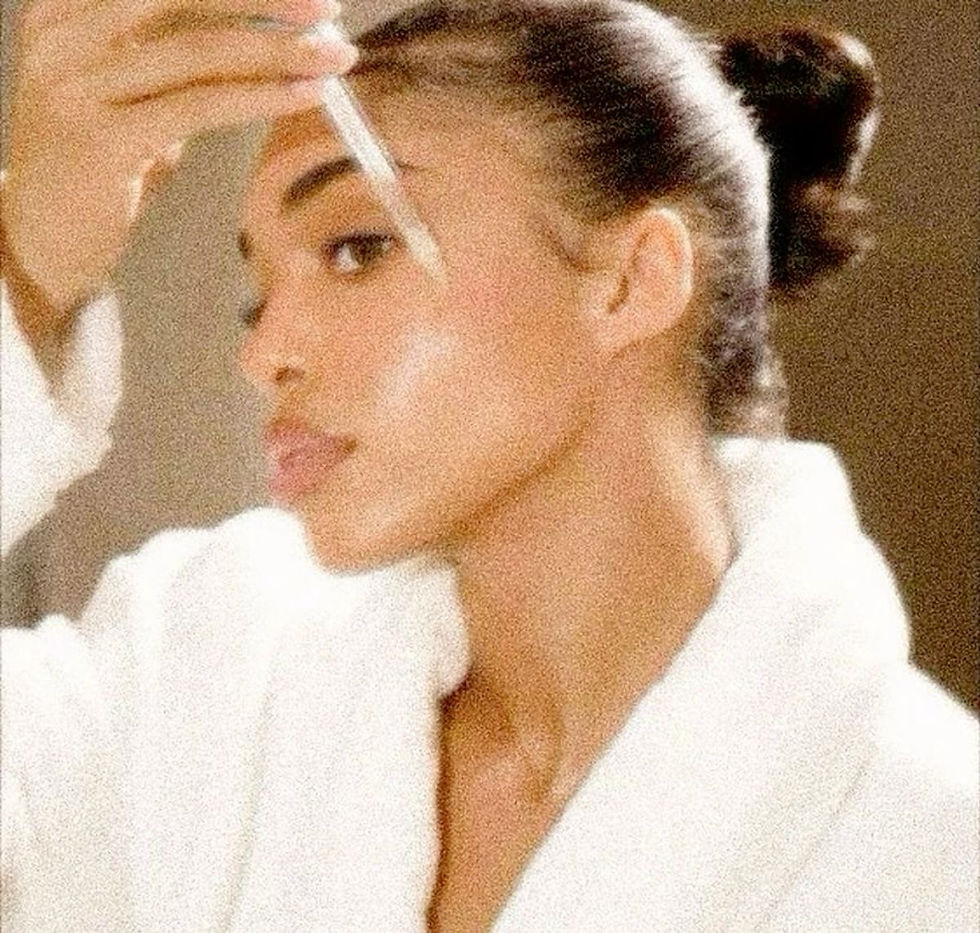

Comentarios